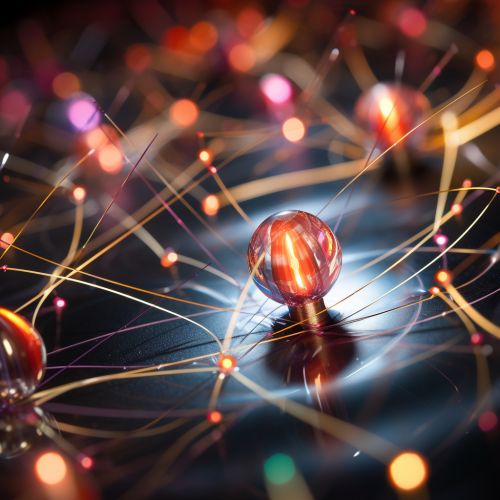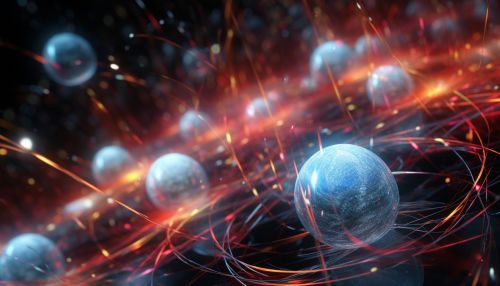Quarks
Introduction
Quarks are the most basic building blocks of matter, more fundamental than protons, neutrons, and electrons. They are the smallest known particles, and they are the constituents of hadrons, which include protons and neutrons. Quarks are unique in that they carry a fractional electric charge, unlike protons, neutrons, and electrons, which carry whole integer charges.


Properties of Quarks
Quarks have several properties that distinguish them from other particles. These properties include electric charge, spin, color charge, and mass. The electric charge of a quark is either +2/3 or -1/3. The spin of a quark is 1/2, which makes it a fermion, a type of particle that obeys the Pauli exclusion principle. The color charge of a quark is one of three types: red, green, or blue. This is not a color in the usual sense, but a kind of charge that is involved in the strong nuclear force, which binds quarks together to form hadrons. The mass of a quark is not well-defined because it depends on the energy scale at which it is measured.
Types of Quarks
There are six types of quarks, known as flavors: up, down, charm, strange, top, and bottom. Up and down quarks are the lightest and most common, making up most of the matter we see around us. Charm, strange, top, and bottom quarks are heavier and less common, but they can be produced in high-energy collisions, such as those in particle accelerators.
Quark Confinement
Quarks are never found alone in nature, a phenomenon known as quark confinement. They always appear in combinations that form hadrons. The most common combinations are three quarks (or three antiquarks), which form baryons, such as protons and neutrons, and a quark and an antiquark, which form mesons. The force that binds quarks together is so strong that it is impossible to separate them. If one tries to separate two quarks, the energy used in the attempt is enough to create a new quark-antiquark pair, which immediately combines with the original quarks.
Quantum Chromodynamics
The theory that describes the behavior of quarks and the strong nuclear force is called quantum chromodynamics (QCD). QCD is a component of the standard model of particle physics, which describes all known elementary particles and their interactions. QCD is a non-Abelian gauge theory, which means that the force between quarks remains constant as they move apart, leading to quark confinement.
Discovery of Quarks
The existence of quarks was first proposed by Murray Gell-Mann and George Zweig in 1964 to explain the myriad of particles being discovered in particle accelerators. The first evidence for quarks came from deep inelastic scattering experiments, which showed that protons and neutrons had substructure. The discovery of the charm quark in 1974, the bottom quark in 1977, and the top quark in 1995 provided further evidence for the quark model.
